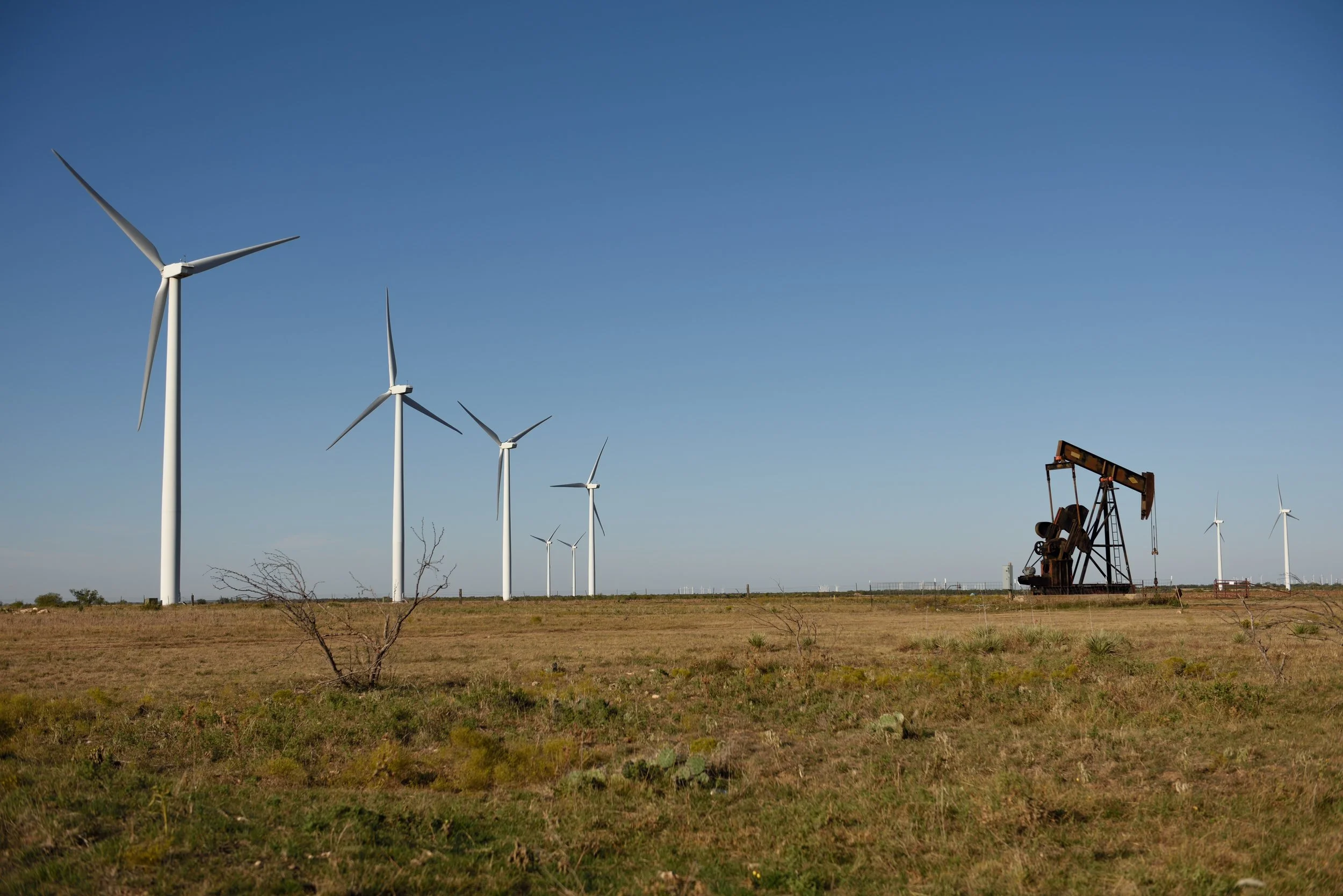Heatmap correspondent Matthew Zeitlin checked in with Josh Rhodes at the University of Texas about the positive role wind and solar power are playing on the Texas grid in the latest heat wave after electricity prices recently spiked at over $4,400 per megawatt hour.
The past few days have shown that, at least so far, Texas’s deregulated, renewable-and-gas heavy electric grid can stand up to the extreme summer heat.
Late Thursday afternoon, wind and solar were providing 40 percent of the power on operator ERCOT’s grid — around 30,000 megawatts, about even with the amount of power coming from natural gas. At the same time, prices in Texas stayed relatively low. This impressive production from solar and wind comes amid a heat wave that, earlier this week, caused record-breaking demand on the Texas grid. While Texas has a unique combination of systemic electricity reliability issues and high renewables usage, the question of if and how renewables can shoulder the load of spiking electricity demand is one being asked across the country as the grid begins to decarbonize.
Despite its fossil-fuel-friendly reputation, Texas is one of the leading states for renewable energy. Last year, renewables accounted for about a quarter of Texas’ electricity, according to the Energy Information Administration. Around 15 percent of all the United States’ renewable generation comes from Texas.
Since Winter Storm Uri knocked out power in much of the state, grid reliability has been a concern in America’s most deregulated and isolated electricity market. For conservatives, the issue was clear: There was not enough dispatchable, fossil-fuel generation on the grid. For those who favored renewable energy, the need was for more storage and resiliency investments, given the demonstrated risk of coal and gas going offline during extreme weather — and some power plants indeed went offline during the heat wave.
The Texas legislature ended up rejecting some proposals that would have kneecapped Texas’ further renewable generation, but did set up a program to provide low-cost loans to fossil plants that provided dispatchable electricity.
But right now, wind and solar is doing much of the work to keep the air conditioning on and prices low. They were also holding costs down for consumers, especially compared to last week when prices spiked to above $4,400 per megawatt-hour last week.
““They are really cranking. Wind and solar have saved tens of billions over the past decade when it comes to electricity prices””
“Last week was a financial disaster for consumers and a windfall for generators,” explained Ed Hirs, a consultant and lecturer at the University of Houston.
“Wind is doing quite well, sometimes it’s better to be lucky than good,” Hirs said. “This high pressure that’s sitting on top of the state right now has good circulation on West Texas wind farms. That has played to our advantage. Without wind and solar they don’t have enough power on the grid. Thankfully, on the hot days we have peak production of solar.”
Texas has by far the most installed wind capacity of any state and more solar capacity than any state save California. Taking advantage of federal tax credits and Texas’s famously permissive regulatory environment, developers have found a welcoming environment for putting “steel in the ground,” whether it’s wind farms in North Texas or utility-scale solar in sunbeaten South and West Texas. While California far outpaces the rest of the country in energy storage, Texas is number two, with 14 percent of the country’s installed storage capacity.
Read the full story at Heatwave.news.

